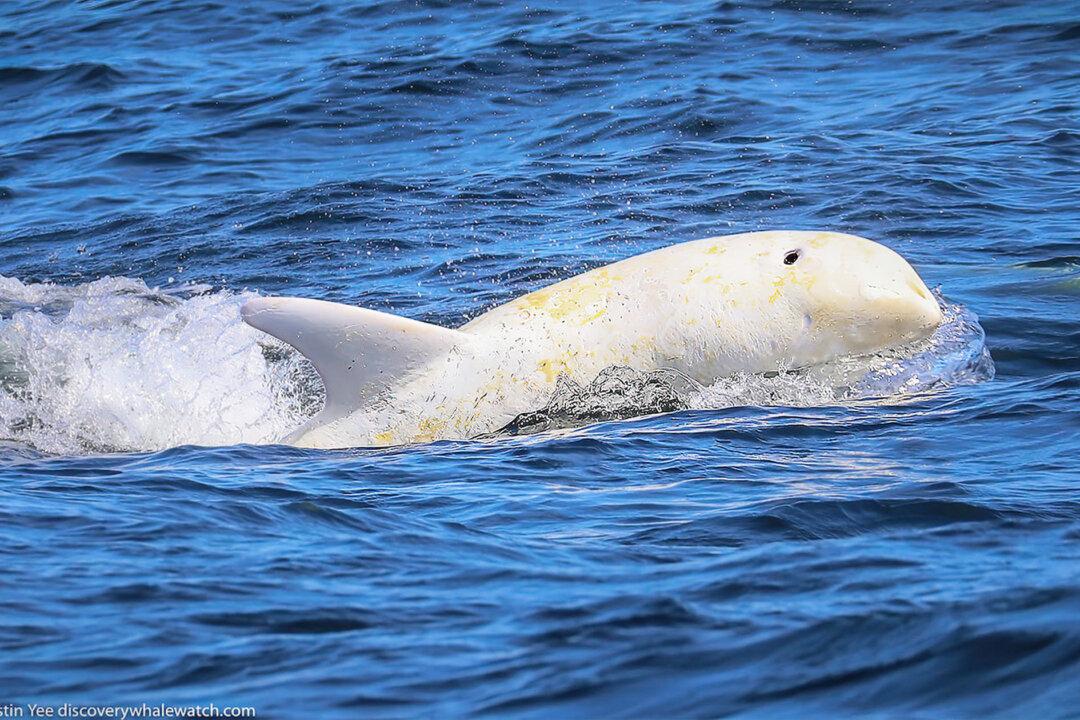A rare white dolphin, dubbed Casper, has been delighting whale watchers in Monterey Bay, California. The striking swimmer has been known to the bay for over six years and is a firm favorite among marine mammal enthusiasts.
“There are not a lot of areas where dolphins can be spotted close to shore. It’s like the grand canyon off the bay,” Nancy Black, owner of Monterey Bay Whale Watch, told SFGate. “We’re always excited to point out Casper to everybody.”





